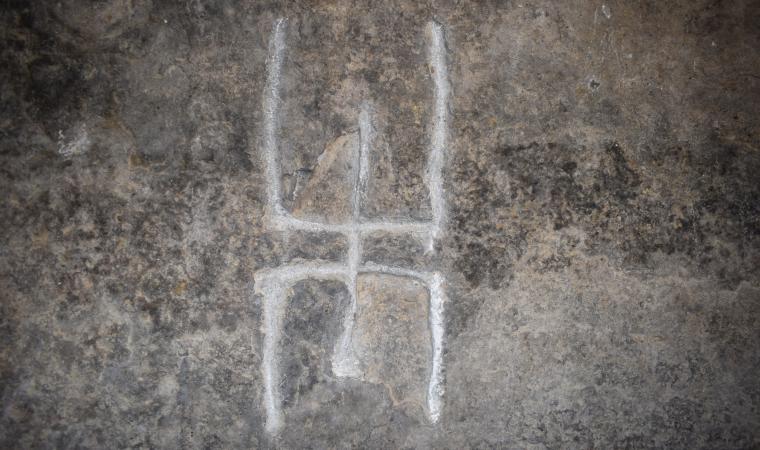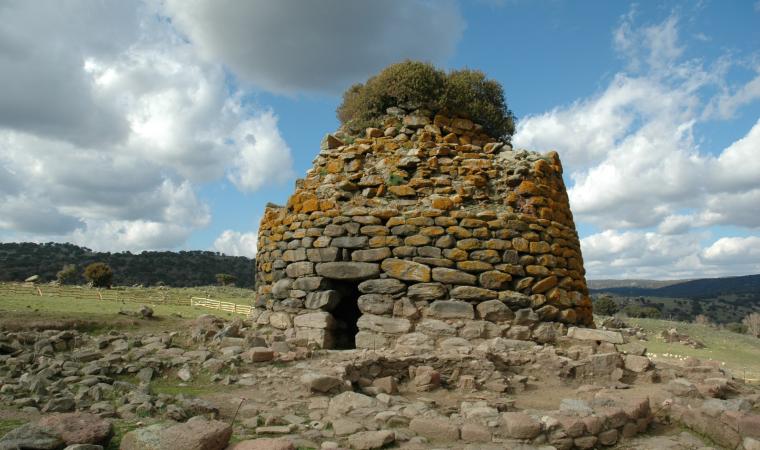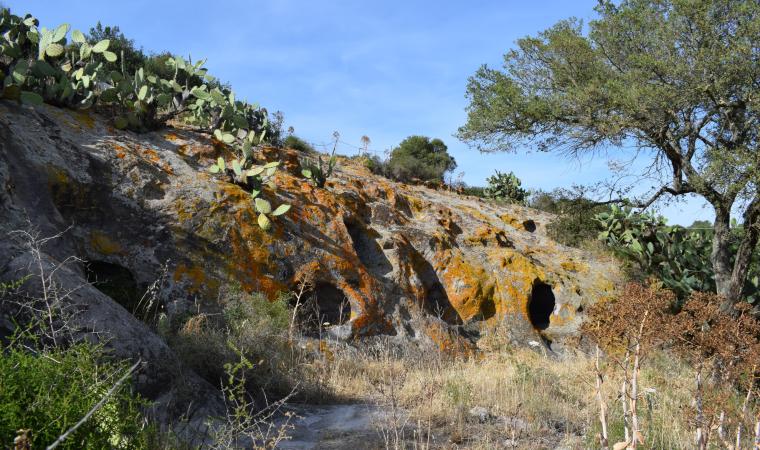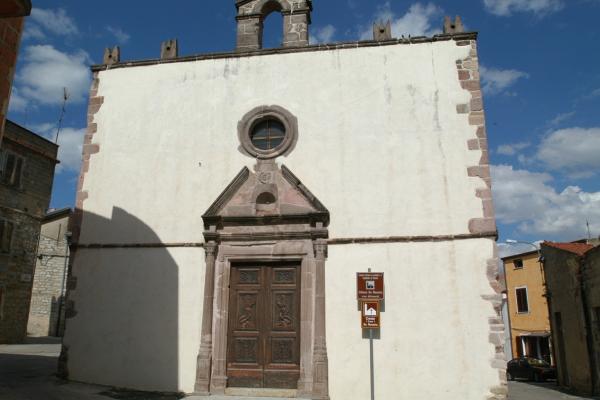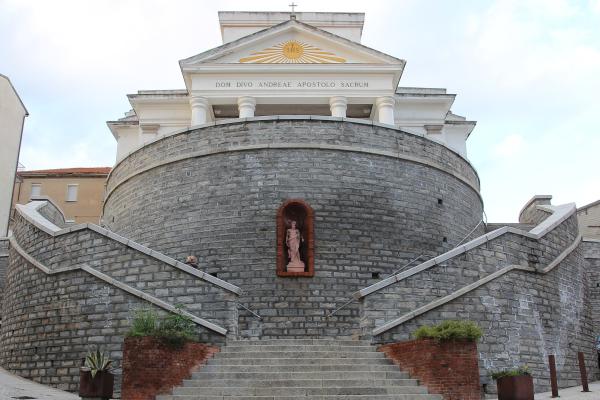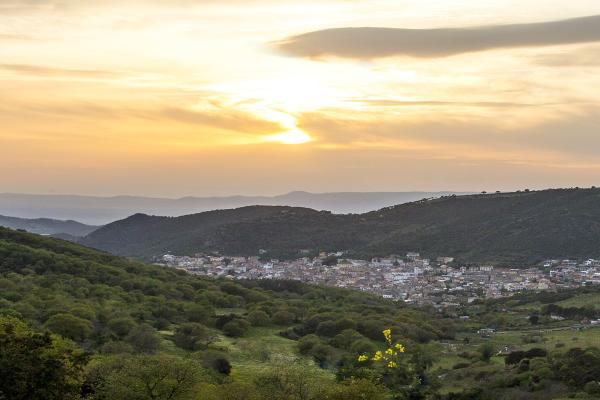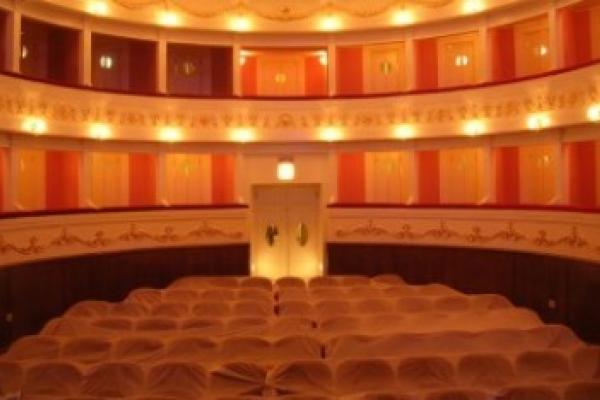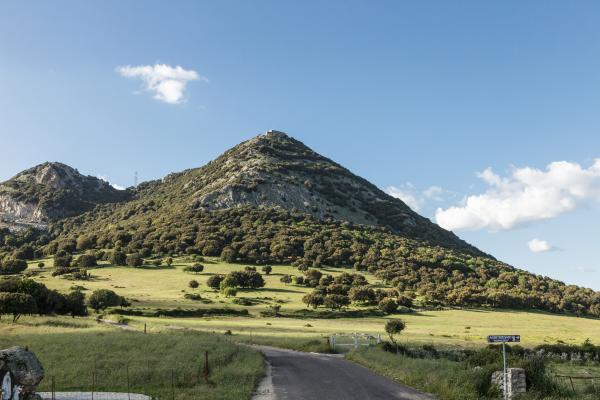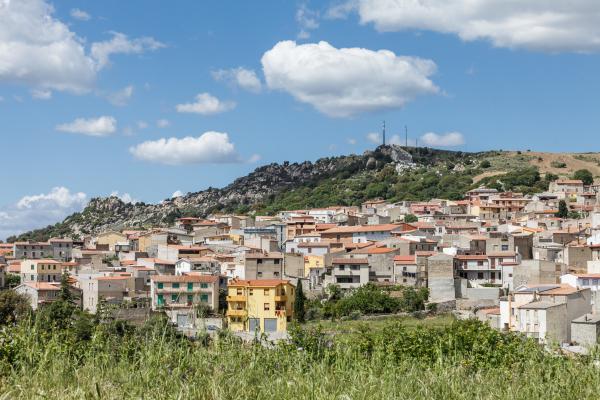Surrounded by the impressive Gennargentu mountain chain, the town is nearly 500 metres above sea level and looks over the splendid sa Costa valley, cloaked in cork, oak, holm and wild olive trees. Oniferi is a medieval town in the Barbagia di Ollolai region, and is divided into six neighbourhoods with a total population of 900: su Nodu, Mount Ormina, santu Juvanne, su Cantaru, su Pizu de s’Ortu, Untana e Sant’Antoni. The town centre hosts the new parish church of Sant'Anna, with its original 15th century foundations, subsequently extended to three naves in the 20th century, and the old parish church of San Gavino Martire, dating back to the 15th century and of considerably artistic value, surrounded by a lawn. The old patron saint is celebrated at the end of October, while in mid-January, the bonfires are lit for Sant'Antonio Abate and wine and typical local pastries are consumed. Oniferi is one of the towns where the canto a tenore tradition continues, handed down from generation to generation, and now recognised as a UNESCO cultural heritage. Some groups from Oniferi have become world famous. You can also discover the cultural, craft and gourmet attractions during the Autunno in Barbagia tour.

Town
A small, central Sardinian town with pastoral traditions, twenty kilometres from Nuoro, surrounded by woodland and famous for an important prenuraghic burial
A small, central Sardinian town with pastoral traditions, twenty kilometres from Nuoro, surrounded by woodland and famous for an important prenuraghic burial
See this place because...
A prehistoric architectural jewel, set in this typical, medieval Barbagia town, surrounded by mountains and forests with other archaeological sites
Pictures and videos
You may also like
More attractions in the vicinity
Nearby hotels and accommodations

ORANI
2 km

ORANI
2 km

Bed and breakfast (rental rooms)
ORANI
2 km

